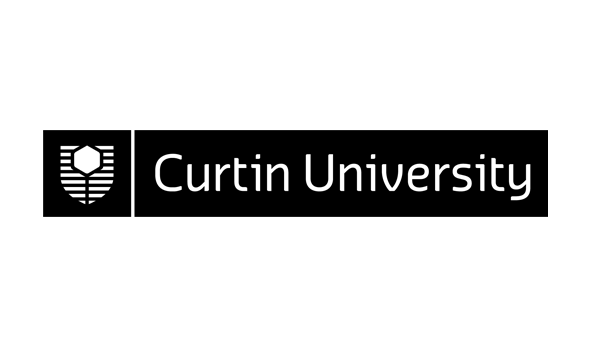6482 (v.4) Environmental Engineering Management 690
| Area: | Department of Civil Engineering |
|---|---|
| Credits: | 25.0 |
| Contact Hours: | 3.0 |
| ** The tuition pattern below provides details of the types of classes and their duration. This is to be used as a guide only. For more precise information please check your unit outline. ** | |
| Lecture: | 1 x 3 Hours Weekly |
| Syllabus: | Workplace ergonomic design. Anthropometrics. Climate stress and thermal comfort indicators. Noise: measurement and control. Lighting, vibration and ventilation. Codes and regulations. Occupational hazards and disease, safety management and reporting. Environmental planning, legislation and assessment procedure. Land use planning and control. Air quality and pollution control. Water pollution. Disposal of wastes. Radiation and chemical hazards and their control. Electromagnetic compatibility. Public heathregulations. |
| ** To ensure that the most up-to-date information about unit references, texts and outcomes appears, they will be provided in your unit outline prior to commencement. ** | |
| Field of Education: | 039901 Environmental Engineering |
| SOLT (Online) Definitions*: | Not Online *Extent to which this unit or thesis utilises online information |
| Result Type: | Grade/Mark |
Availability
| Year | Location | Period | Internal | Partially Online Internal | Area External | Central External | Fully Online |
|---|---|---|---|---|---|---|---|
| 2009 | Bentley Campus | Trimester 3 | Y |
Area External refers to external course/units run by the School or Department or offered by research.
Central External refers to external and online course/units run through the Curtin Bentley-based Distance Education Area
Partially Online Internal refers to some (a portion of) learning provided by interacting with or downloading pre-packaged material from the Internet but with regular and ongoing participation with a face-to-face component retained. Excludes partially online internal course/units run through the Curtin Bentley-based Distance Education Area which remain Central External
Fully Online refers to the main (larger portion of) mode of learning provided via Internet interaction (including the downloading of pre-packaged material on the Internet). Excludes online course/units run through the Curtin Bentley-based Distance Education Area which remain Central External

